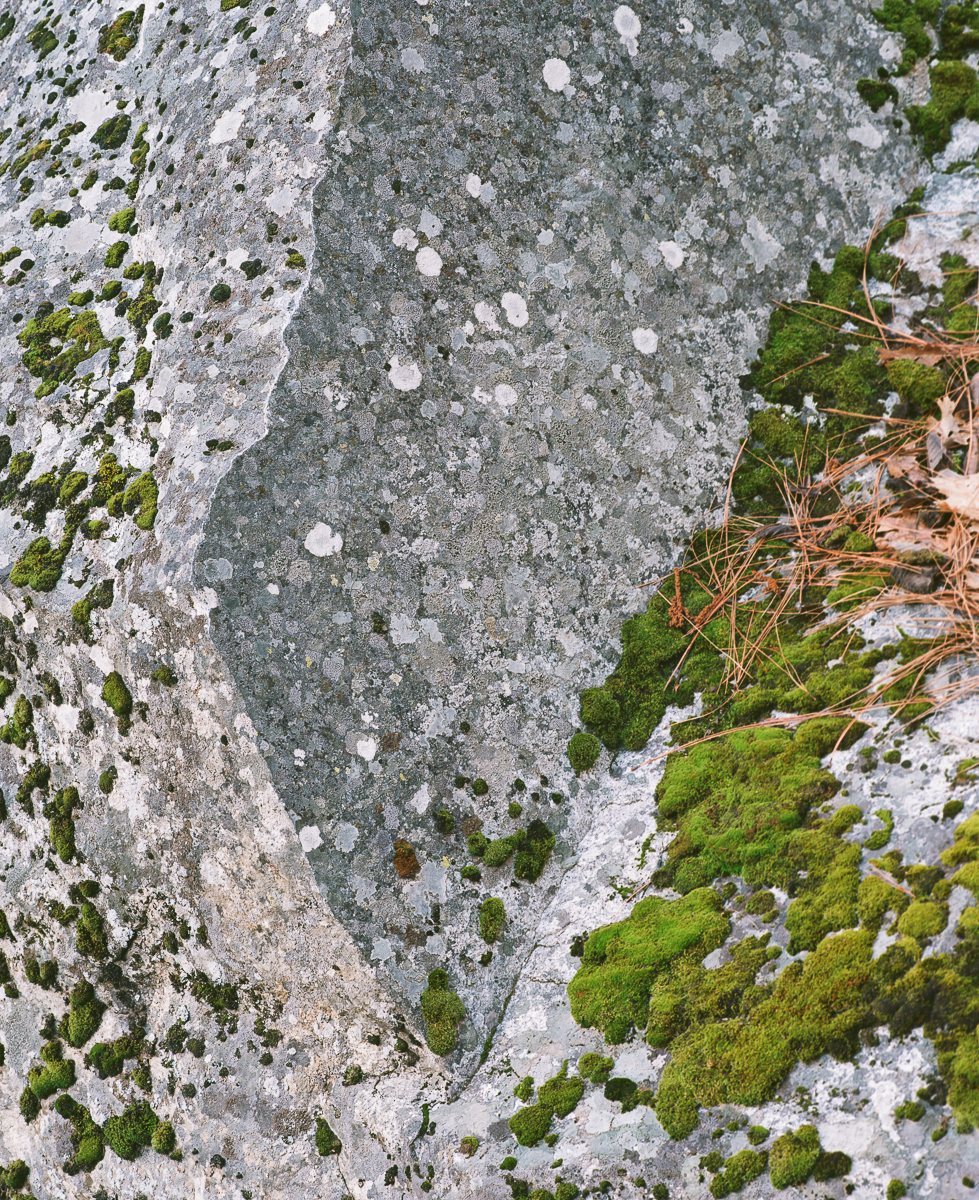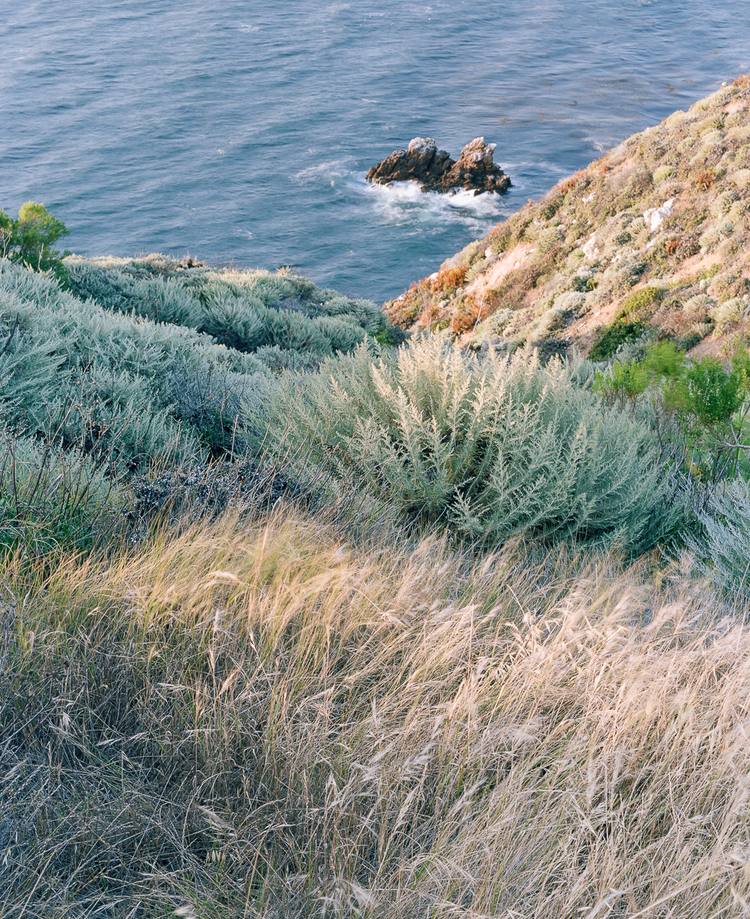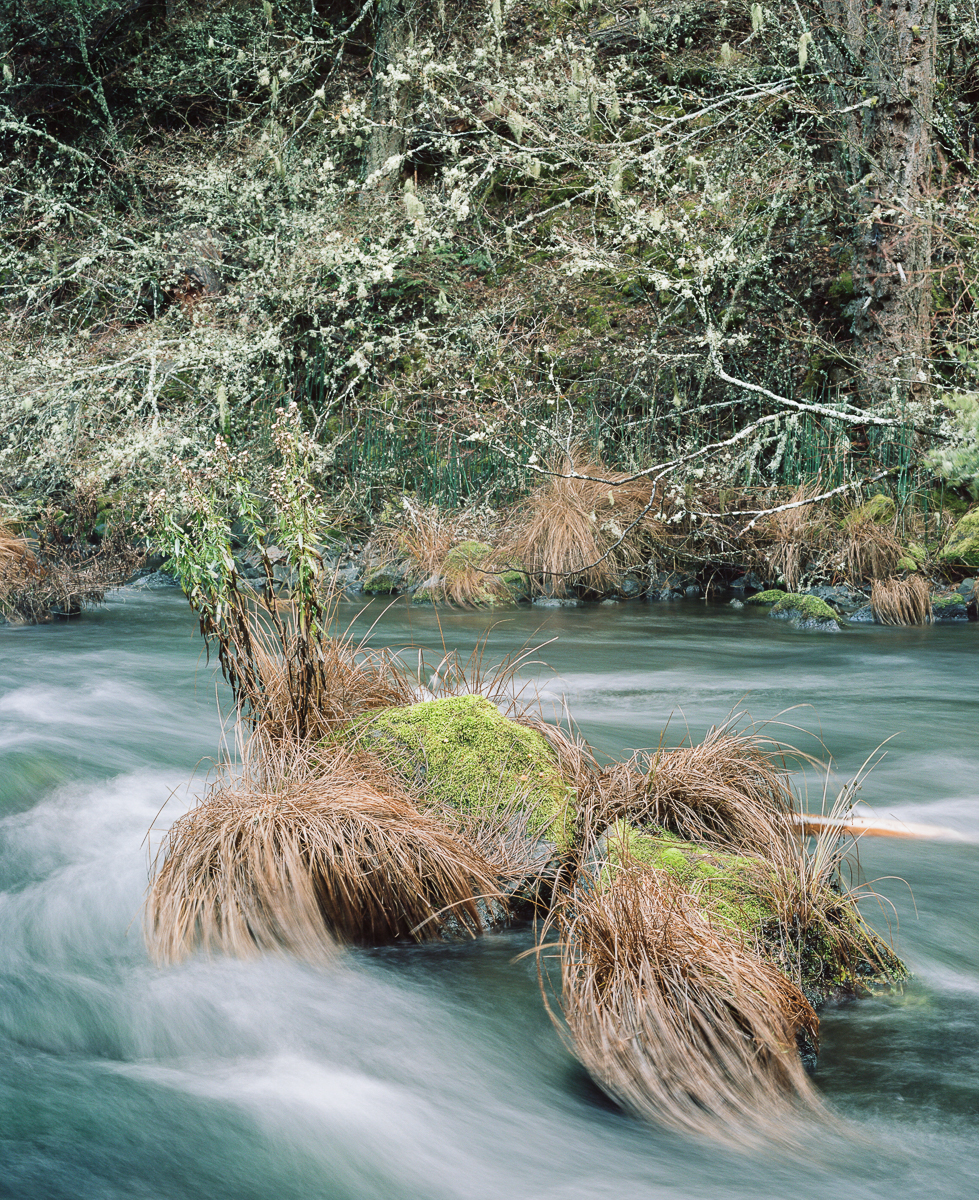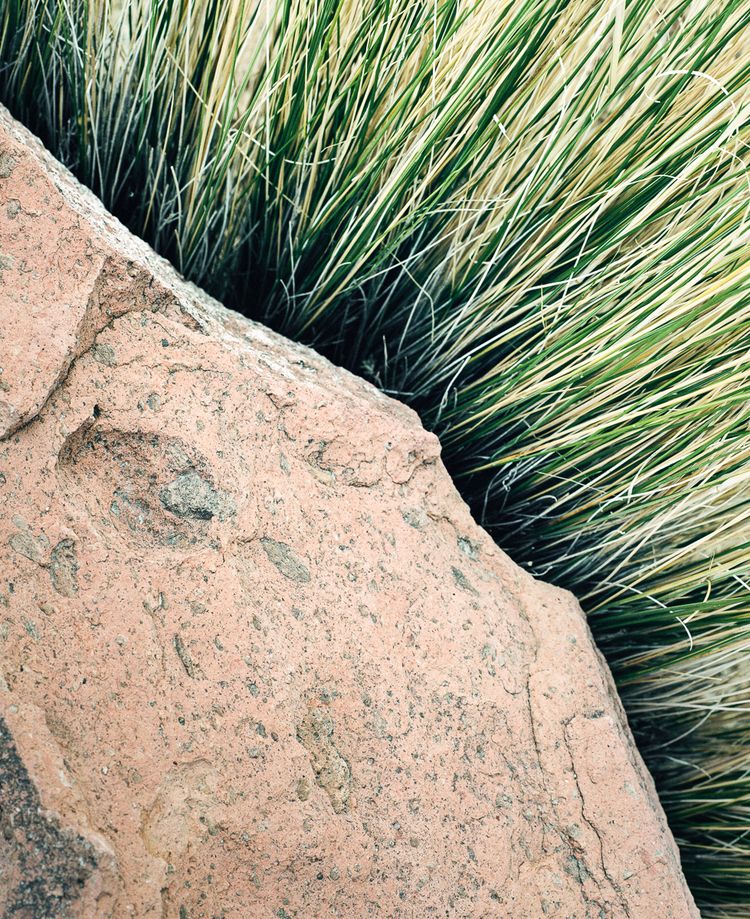Interview
Landscapes offer a lot of intricate and detailed beauty of how the world really is. They can be difficult to capture outside of the lens of the human eye. James Watts is a photographer capturing more than just that, adding a perspective to reality that usually feels untouched. The color contrast found in the photos speaks more than words, but every single time I stumble upon one of the photos I am blown away because I feel I am there. That's how accurate the portraits turn out. Read the interview below and see how the portraits are pieced together.
Q: What kind of post-processing do you do on your scans?
Q: Ansel Adams wouldn't happen to be an influence, would it?
Q: When you’re not in the field shooting, what can we find you doing in your free time?
James Watts
Landscapes offer a lot of intricate and detailed beauty of how the world really is. They can be difficult to capture outside of the lens of the human eye. James Watts is a photographer capturing more than just that, adding a perspective to reality that usually feels untouched. The color contrast found in the photos speaks more than words, but every single time I stumble upon one of the photos I am blown away because I feel I am there. That's how accurate the portraits turn out. Read the interview below and see how the portraits are pieced together.
Q: What led you to photography?
A: I'm a California native, I grew up in very northern California and moved down to Southern California to attend film school. My Fathers Nikon SLR is what initially got me interested in creating images. I think it was mostly the lure of subtractive viewing, a different way of seeing the familiar. In film school I struggled with understanding lighting moving scenes and thought taking the motion aspect out of the mix could help. I picked up a DSLR and worked at mimicking some complex portrait lighting that I found interesting. For the last 10 years video, mainly editing, has been my focus. In 2011 was offered a second shooter spot on a team going go Japan after the earthquake to film some of the relief efforts going on. I didn't have a rig so I borrowed my sisters 7D and some manual Nikkor lenses from my dad. Doing some test shoots I was really impressed by the quality of the Nikkor lenses. The project fell through after the nuclear plant was hit by the second tsunami. This was actually the second trip for me to be scrapped because of nuclear issues, I was supposed to go to Afghanistan in 2002 but that was cancelled when a neighboring country got nuclear capabilities. Maybe next time. A few years later after working more video gigs in Southern California I picked up a 35mm film camera. I was still really interested in shooting those old Nikkor primes.
Q: I love the fact that you primarily use a Pentax 6x7. What makes it so special as opposed to a DSLR?
A: I was interested in shooting film but was not getting the detail out of 35mm that I thought was appropriate to how landscape scenes should be rendered. I looked into medium format as a solution into getting more detail and really liked the way some of the lenses on the the Pentax 6x7 rendered textural detail. It’s a rugged, dead-simple camera and can be picked up at a good price, as well as serviced at a reasonable price. I’ve since fallen in love with the aspect ratio of the 6x7 vertical frame. It’s not as tall as the 3:2 aspect ratio of a DSLR as it was designed to be the proportion of a magazine page. Shooting film has its difficulties, I have to shoot off a tripod 99% of the time so it is slower which causes me to miss certain scenes where the light or clouds change quickly. There is the chance of miscalculating exposure or critical focus, but there is no perfect solution when it comes to cameras. You have to balance the trade-offs to find a solution that best fits your vision. When I study the photographs I’ve created that meet my vision, I don’t see how a DSLR could have visually improved them.
Q: It seems that every artist goes through a period of finding their own vision and then realizing what it is. How long did it take you to finally get it to “click”?
A: I feel I am very much at the beginning of the path to my own vision. It has taken me a really long time to process my countless failures in both photography as well as my other creative work. I think the initial “click” came from being in a very low time where I was not finding creative fulfillment. I reached a breaking point where I realized I needed to work on something where I could test and execute my creative ideas alone, creating a space for myself where these ideas would not be mishandled by peers and friends. This has left me open to really work at creating in the way and to the standard that I see fit. I’m not sure I’ve found my vision, or am able to realize it yet, but I feel I've found a way in which I can foster creative growth.
Q: What kind of post-processing do you do on your scans?
A: My post processing technique is very simple. It mostly consists of some very “fine tuning” level adjustments to color, levels, contrast, and sharpness. Frequently I will do a quick pass over and image and come back to it another day with fresh eyes. There’s really nothing that can be done in the post processing stage to make a poor image a good image, it is just a step in which I can use the preciseness that a hybrid analog/digital workflow provides to work at making the scan as natural looking and true to the original scene as possible.
Q: Do you sell your work? Has it been difficult to do so or no?
A: A couple of years ago I partnered with a mens store to sell a collection of my prints it went surprisingly well. I’m working on setting up a way to purchase prints right now actually. I’ve spent a lot of time researching and testing print methods this last year. I’m interested in my prints being a final product, not just a thoughtless copy of an image that was seen online. This requires a considerable amount more effort on my part as I work at creating master print files for the images as well as setup the outlet in which to offer them for purchase. Just because an image looks good on screen does not mean it will come across the same in a print. Keeping control of my prints and individually addressing each image, printing them with the method and paper I feel appropriate, it is taking me a bit longer to make them available. As for the demand, maybe I feel it has not been difficult due to my very low expectations. I strive to create photographs that I want to see again and again, so I’m honored that anyone is interested in experiencing my photographs daily in their homes or places of work.
Q: Ansel Adams wouldn't happen to be an influence, would it?
A: Definitely, I’m not sure how anyone shooting landscape right now can say they have not been influenced by him in some way. He has a direct influence in the way that I use his “Zone System” as a way of calculating my exposures, as well as some of his practices regarding his analog workflow that I have adapted to my own hybrid workflow. There is also a more in-direct influence. His work is so archetypal to landscape photography, I think anyone seriously trying to create within this genre right now is still working to break out from under his shadow. The broad public interest in landscape photography as art, at least in America, really stopped with Adams and his counterparts. There is some extremely important work that has been created since, and that is being created right now. Peter Dombrovskis and David Ward would be two photographers that come to mind. Both have pushed beyond the Hudson River School-esque, romanticism of Adams into their own territory, along with many others that are generally ignored. Modernism and Post-Modernism have shoved out true landscape photography in the art world. The public has been robbed of seeing some fantastic landscape work over the last 50 years. I really think this is an interesting time for color landscape photography. Not the glorified vacation photos you see on Instagram, or the one millionth image of a natural icon, but work truly exploring what can be done visually with natural light and form. In the last few decades modernism and the explosion of science and technology have given us a sense that we are removed from the processes and form of nature. Just now as we are starting to fully understand these technologies are we realizing how much we are mimicking nature.
Q: When you’re not in the field shooting, what can we find you doing in your free time?
A: Right now I’ve been spending my free time putting together a fly fishing setup as well as doing some reading on trout behavior. I’ve wanted to fly fish since I can remember first seeing it on a family trip to Yellowstone in 4th or 5th grade. I think it will pair well for some relaxing down days of running around photographing in the mountains from before sun up to after sun down. Also I’ve been researching into and studying to get my amateur radio license. A lot of times I'm down dirt roads with no cell service and it seems like a good safety precaution as a way to call out for non-life-threatening emergency type situations.
Q: What kind of music do listen to the most? Any particular artist that you’ve been jamming to lately?
A: I probably listen to trap/rap music the most, Captain Franco puts some fun mixes up on Soundcloud. I enjoy a lot of stuff, some groups I’ve been listening to a lot lately are Hippie Sabotage, The Black Lips, and Purity Ring.
Click ︎





